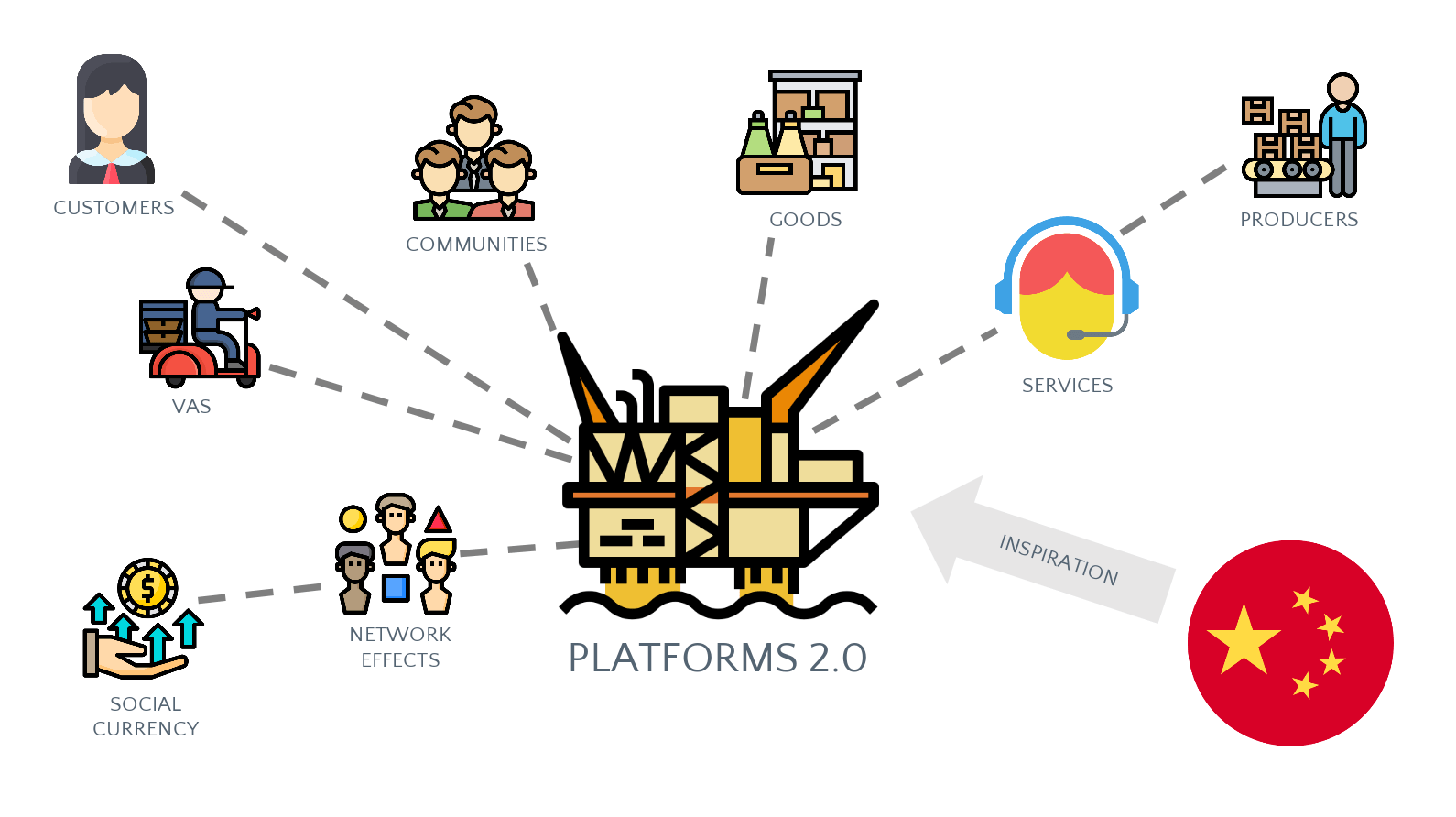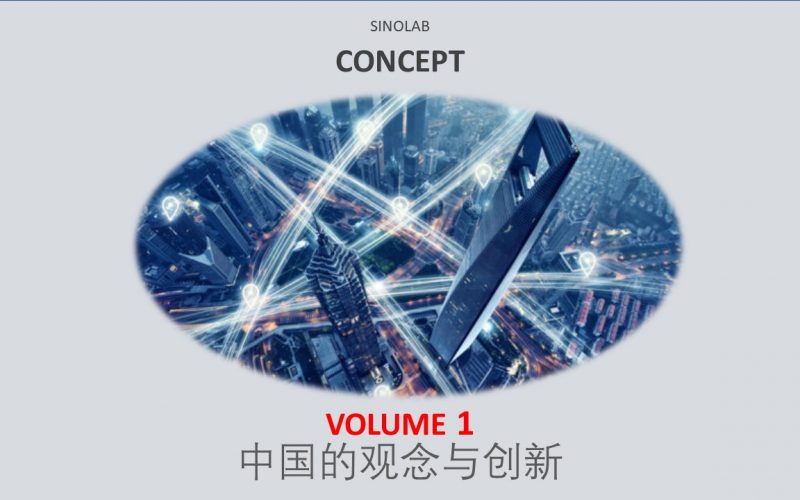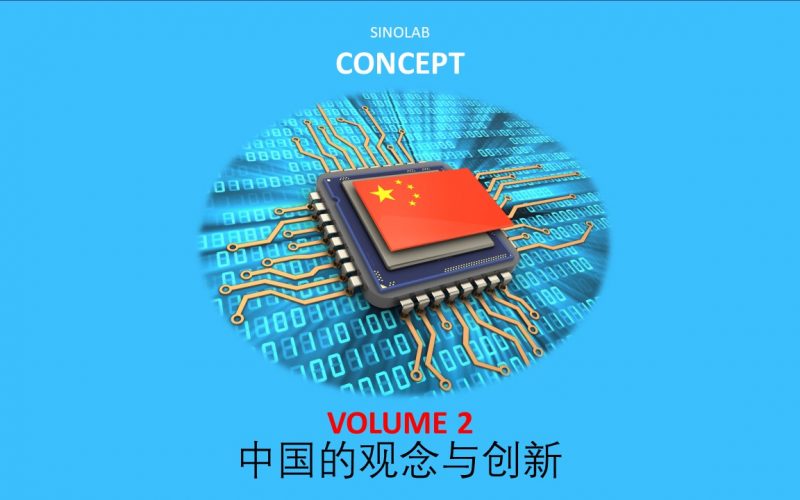We look upon the World and are not content with things the way they are
Platforms 2.0
Sinolab is developing the next generation of multi-sided platforms. Our Inspiration springs from mobile innovation in China.



"Platforms are eating the World"

Seven of the 10 most valuable companies globally are now based on a platform business model (two of these are Chinese).
30% of global economic activity is predicted to be mediated by platforms in 2030, but only 2% of incumbents have a platform strategy today.
60% of all Unicorn start-ups are platform businesses.
Platform businesses outperform all others on growth rates, return on assets, margins and valuation multiples.
6 REASONS WHY
China is THE Source for Innovation
- China is in key- and, in this context, relevant areas ahead of the West (i.e. Social Media, eCommerce, Mobile Payment, Short Videos, New Retail (O2O), Face Recognition, etc.)
- More than 5 million engineers graduate in China every year. China has established more than 6600 incubators since 2015 and the government is massively stimulating tech startups.
- The Chinese Internet ecosystem is the only one in the World that is radically different from what we use in the West: Ideas are turned upside down in an alternative Internet Universe.
- Chinese entrepreneurs are experts in lean start-up processes, i.e. building MVP’s and testing new ideas fast. More ideas are being tested in China than in the West, also due to the fact that there are more Internet users in China than in the US and Europe combined.
- Chinese entrepreneurs engage more deeply in nitty-gritty details in the value chain and copy competitors unconstrained. This “go-heavy” approach has, since 2014, generated more sophisticated platform solutions than comparable platforms outside China.
- The Chinese consumer market is the most competitive in the world. Chinese entrepreneurs compete in a “cut throat” environment where they are constantly forced to rethink their products and not be copied. This daily survival struggle makes innovation even more central.
Meta Paradigms from China
Social Commerce
In China, Social Commerce, the merging of social networking and online shopping has been the norm for years. “Transaction plus content sharing” platforms integrating micro stores, influencers, live streaming, seamless payment and gamification features are predicted to exceed 60% CAGR between 2018-2022. In the West Social Commerce is just beginning to come into its own..
Group Purchase
Group purchase platforms allow consumers to purchase goods at discounts by forming teams. If shared by initiators among their “circle of friends”, bargains depend on the number of friends in a group. The team purchase model has seen rapid growth in China with 258% y-o-y growth. Group incentives for sharing, group discounts and group premium services are key in these platforms.
Digital Wallets
Chinese giants Alibaba and Tencent pioneered digital wallet payment, that now account for 90 percent of mobile payments. Integrating in-App eWallets enable users to store, send, and receive money without the use of bank. This can be an important entry point to a vast ecosystem of both offline and online goods and services. It also permits storing different kinds of payment data and methods such as cryptocurrency, coupons, loyalty cards etc.
O2O
Chinese O2O, or “new retail” is a space where platforms and brands can explore new directions, ideas, initiatives, retail concepts and experiences. Integrating inventory, logistics and payments into a single model allow stores to experiment with different models, share data, and explore new opportunities. The idea is to create more personalized ‘omnichannel’ experiences for customers including geotargeting, CRM, AI, big data, facial recognition etc.